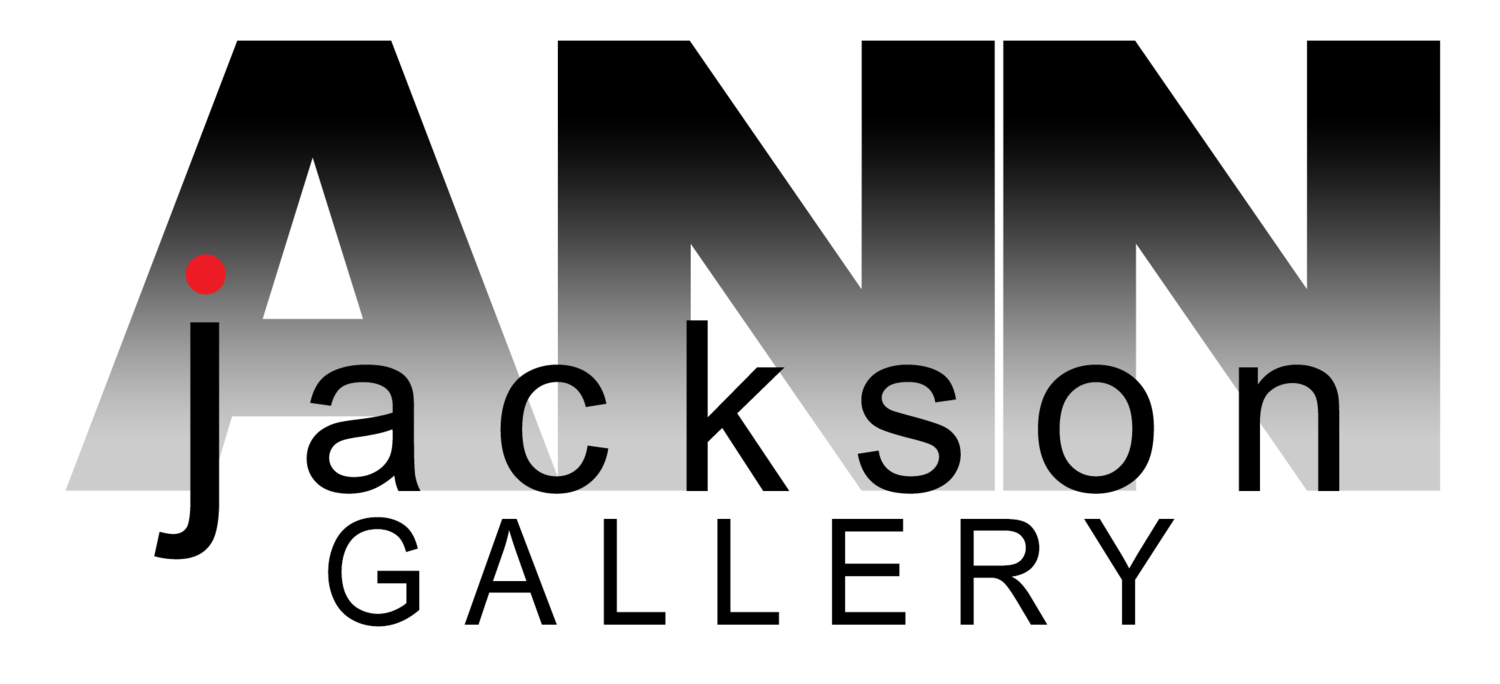Framing Your Fine Art Prints: Giclee, Serigraph, and Lithograph Editions
Fine art prints allow more art lovers to afford works by renowned artists or own museum-quality pieces rendered in limited editions. If you have invested in quality printed editions like giclee, serigraph, or lithograph works, specialized framing helps them look their best while preventing deterioration over time. Follow these tips:
Giclee Canvas Prints
Giclee printing uses specialized archival inks on canvas to capture exceptional color and detail from original artwork. Inkjet canvas editions won’t require heavy glass. Wrap and frame the edges of gallery style canvas prints for a polished presentation.
Serigraphs on Canvas
Serigraphy or screen printing remains a popular technology for creating numbered editions. Printing serigraphs directly onto canvas creates a painterly, textured look while maintaining an affordable price for collectors. While serigraphs use lasting archival inks, the canvas still benefits from UV-protective coatings to prevent fading. Mat colors should complement the graphic colors and composition. Keep valuable serigraph canvas prints out of direct sunlight as well.
Lithograph Prints
For centuries, lithographic limestone printing created striking fine art editions. Modern lithographs utilize printing plates and quality fade-resistant inks applied to fine art papers. As works on paper, they need acid-free backings and mats, filtered light, and ideal humidity/temperature control in framing. Traditional gold/silver wood frames suit lithographs and mezzotint variations well.
Framed consistently with their unique requirements in archival materials and display conditions, collected print editions become more cherished focal points enhancing your spaces. While lower-cost options exist like DIY framing or buying from print suppliers, investing in professional custom framing pays dividends for protecting the economic and aesthetic values of your f/fine art print investments.
